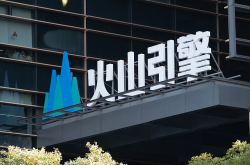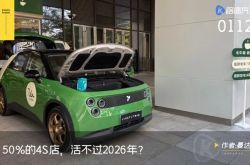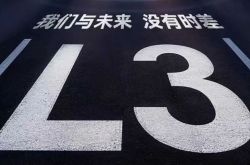Why Apple Can Still Triumph Without AI Enhancements
![]() 11/03 2025
11/03 2025
![]() 459
459
Editor | Sun Jing
Apple has consistently been at the forefront of adopting new technologies, whether it's embracing larger screens, 4G connectivity, or 5G speeds. However, amidst the current buzz surrounding artificial intelligence, Apple's AI advancements seem to be trailing significantly behind those of other Silicon Valley behemoths.
Is this lag due to a lack of internal innovation, or is AI simply not deemed as crucial at present? Apple CEO Tim Cook has recently provided some insights.
The iPhone 17, despite lacking groundbreaking innovations, is poised to become Apple's key to achieving its strongest revenue performance in history. During Apple's fiscal 2025 fourth-quarter and full-year earnings call, Cook repeatedly emphasized that the iPhone 17 series is experiencing "short supply."
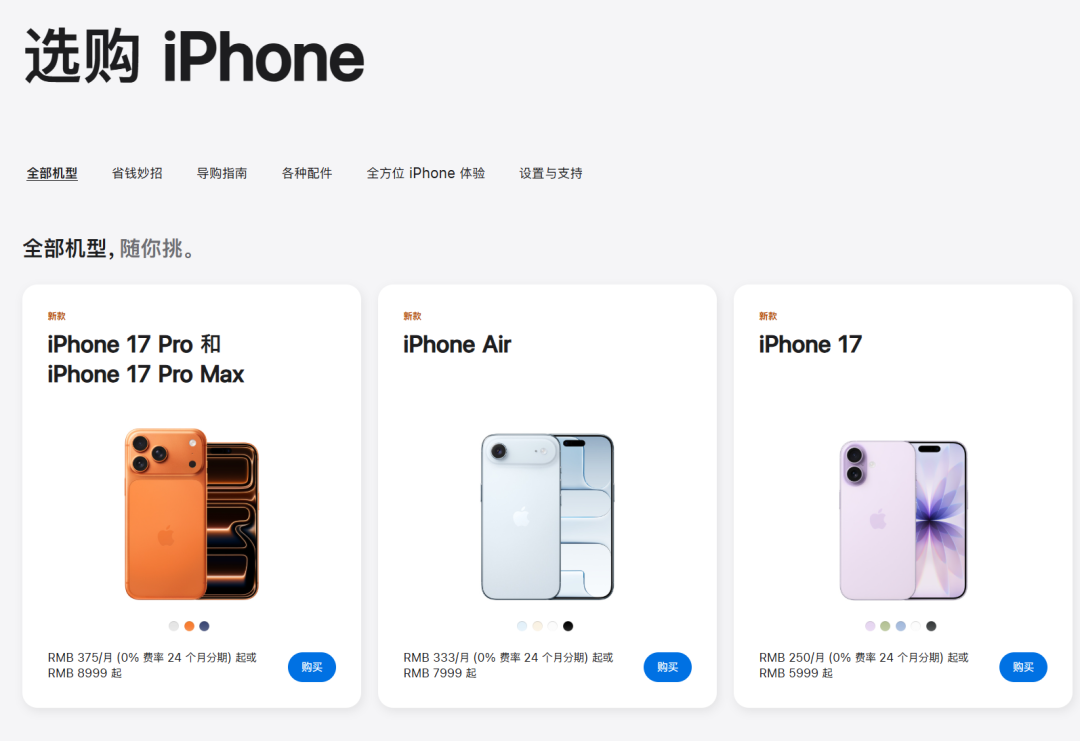
▲The iPhone 17 series is available for sale on Apple's official website.
It appears that Cook truly understands smartphone users - amidst flashy AI selling points and practical cost-effectiveness, the principle of "true value" is once again coming into play.
On the first day of sales, Apple's official website experienced multiple crashes. The initial stock on JD.com and Tmall flagship stores sold out within 15 minutes. Unopened iPhone 17 standard versions on Xianyu were commanding a premium of 300-500 yuan, while the Pro Max version was being resold for over a thousand yuan more. Even top streamer Li Jiaqi admitted that he might not sell the iPhone 17 this year, stating, "It's selling too well. I can't get stock, and my own pre-ordered Pro Max hasn't even shipped yet."
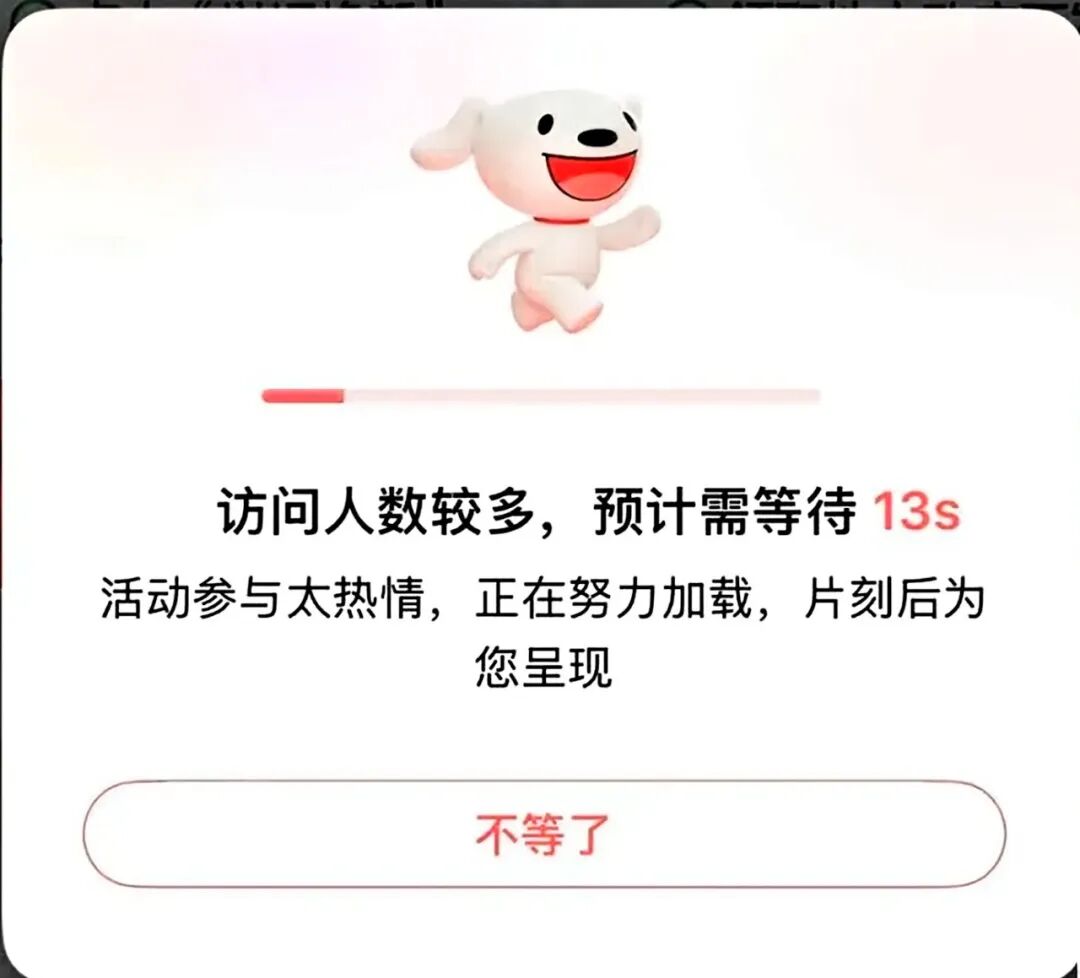
▲At 8 a.m. on the launch day, JD.com's official channel displayed a loading countdown.
A Beijing user who pre-ordered a base model iPhone 17 on JD.com a week ago found that the estimated shipping date on the order page was 23 days later.

▲Shipping times for the iPhone 17 on Apple's official website are mostly scheduled for late October.
This is in stark contrast to the immediate availability of last year's iPhone 16 on its launch day.
From a product strategy perspective, this iPhone generation seems to deviate from Apple's traditional approach. It breaks the long-standing incremental rhythm of "major update-minor update" and instead adopts a "sincere spec bump" approach to hardware: entry-level storage doubles from 128GB to 256GB, all models come equipped with the A19 series chip, and 120Hz high refresh rate screens - a feature already widespread in Android phones since 2020 - finally "catch up" in 2025. Additionally, the thinnest iPhone Air ever was unveiled, which the market interprets as an exploration of foldable screen forms.
In terms of pricing, not only did it not increase as predicted by the outside world, but the base version actually saw a 1,000 yuan price drop compared to its predecessor, successfully creating a "high-spec, low-price" cost-effective atmosphere.
Behind this sincerity lies the relentless pressure from competitors. As competitors vie on hardware, then on user experience, and then on AI concepts, while forcibly integrating with Apple's ecosystem and flaunting flashy tricks, Apple's narrative of "8G + iOS > 16G" simply lost its effectiveness. Last year, the global smartphone market grew by 7%, while Apple's market share dropped by 0.9%.

▲Changes in global smartphone market share in 2024. Source: Canalys
Despite the delayed AI features of the iPhone 17 series, the A19 chip not significantly outperforming Android flagships in daily use, and the iPhone Air being mocked by netizens as "successfully solving the problem of having no single-camera, single-speaker, and ultra-low-battery-life models in the over 7,000 yuan price range," overall sales remain robust.
Within a month of launch, both the iPhone 17 and 17 Pro series surpassed one million units in sales, with the most expensive Pro Max model alone accounting for 2.5 million units, becoming the most popular version. Boosted by national subsidies, pre-sales of the standard version - previously mocked as "only bought by those who can't afford better" - far exceeded expectations, prompting Apple to urgently request suppliers to increase production of the standard version.
Compared to the iPhone 16, which "forced its way" into the AI concept but received a lukewarm market response, the iPhone 17 series' market reaction sends a clear signal: at this stage, AI is not yet the core selling point for smartphones.
Over the past two years, capital markets have generally maintained a conservative attitude toward Apple, primarily due to its perceived "lag" in AI deployment. While Android manufacturers shout about the "first year of AI smartphones" and compete for computational power firsts, Apple's AI progress appears slow and restrained.
Currently, AI smartphone development follows two clear paths: in terms of capabilities, it's shifting from language models two years ago to today's multimodal models incorporating voice and images; in terms of deployment focus, it's moving from emphasizing cloud-edge collaboration to landing large models on-device.
However, these clear technical paths have not translated into differentiated user selling points. Currently hyped AI voice assistants, AI photography, and AI-assisted office functions still have a very limited ecosystem, with few varieties and no blockbuster hits, and can even be "replaced" by third-party software.

▲Social media complaints about iPhone AI features
Without irreplaceable unique experiences, the moat around AI smartphones remains blurry.
Therefore, even without Apple's AI features, consumers are still willing to vote with their wallets. In real purchasing decisions, Apple relies not on future concepts but on "cost-effectiveness regression" and the certainty of its ecosystem experience. Simply put, it lacks disruption but is "just right."
Meanwhile, Apple continues to quietly reinforce its ecosystem walls. Despite domestic manufacturers' skilled attempts to "strongly integrate" with Apple - the OV series achieving cross-device interconnection with Apple, Xiaomi even "paying homage" with model numbers and making power banks compatible with iPhones - Apple itself is also discreetly "self-integrating."
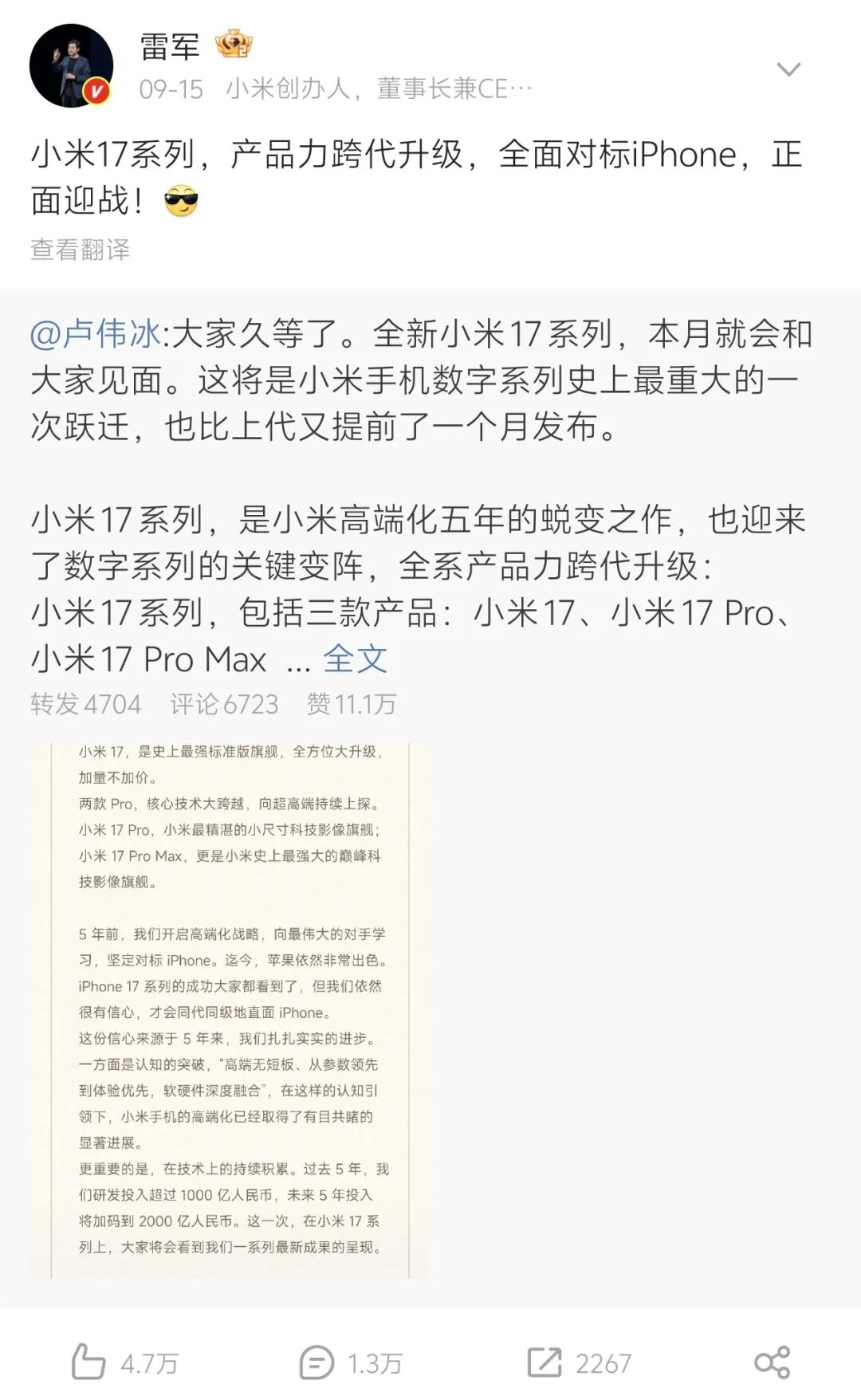
▲Lei Jun's Weibo post introducing Xiaomi's 17 series, skipping 16
For example, after upgrading Mac OS, the "iPhone Mirroring" feature allows users to directly control their phones from their computers, further enhancing convenience within the closed ecosystem. Many such convenient features exist. The seamless interoperability between products makes it hard for Apple ecosystem users to leave.
And while Apple appears to be pursuing a "cost-effectiveness" route on the surface, it still tightly controls profits.
On one hand, while Android manufacturers collectively raised prices due to soaring memory costs, Apple stabilized costs through self-developed components. During this earnings call, Apple reported a product gross margin of 47.2%, above the upper limit of its previous guidance range, and expects future margins to remain between 47% and 48%. On the other hand, every iPhone sold delivers a "live user" to high-margin businesses like the App Store, Apple Music, and iCloud.
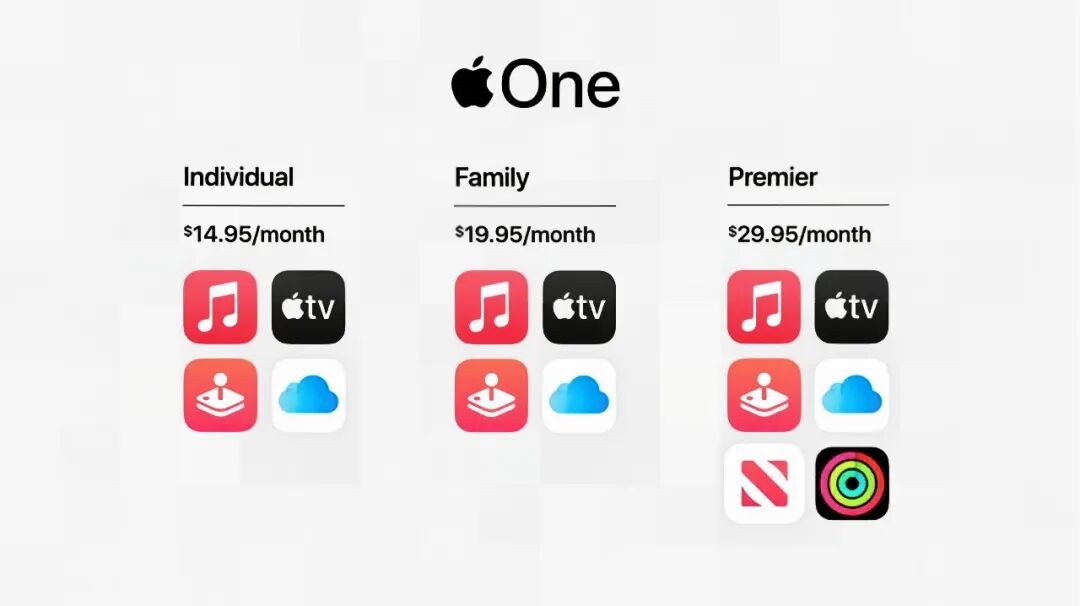
▲Apple's Apple One software ecosystem subscription package launched in 2020
Capital markets clearly recognize this logic. As of October 30th's close, Apple's year-to-date cumulative gain reached 8.4%, making it the third company in history to surpass a four trillion dollar market cap. For investors, an Apple that "lacks innovation but makes money" feels more solid than one that "tells future stories but delivers no results."
In the short term, addressing hardware shortcomings has indeed made users vote with their feet. However, in the long term, when the smartphone industry truly enters the AI era, whether Apple can once again deliver a game-changing product remains everyone's greatest anticipation.
Additionally, sources close to Apple's partners revealed to NoNoise that, barring unexpected issues, Apple Intelligence will officially launch in the Chinese market before the end of this year.
In other words, in two months, the trajectory of AI competition in the domestic smartphone market may become clearer. Will the iPhone 17 continue to be in short supply?

